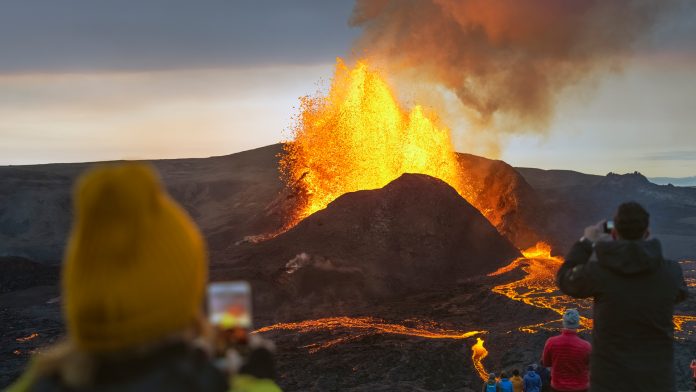A team of researchers has discovered that the Earth’s geological activity follows a distinctive pattern, giving it a lifelike “pulse”.
The investigation, led by New York University, has indicated that our planet is not only alive with geological activity but also following a regular 27.5-million-year cycle of geologic events, making occurrences of volcanic activity and tectonic movement not random but premeditated.
Their research is published in the journal Geoscience Frontiers.
Michael Rampino, the lead author of the study and a geologist and professor in New York University’s Department of Biology, said: “Many geologists believe that geological events are random over time. But our study provides statistical evidence for a common cycle, suggesting that these geologic events are correlated and not random.”
Geologists have hypothesised about major geological events following a cycle for over 50 years, with mass extinctions and volcanic activity estimated to take place within a 26-to-36-million-year period; however, due to technological limitations, scientists were unable to accurately age-date prior geologic events, thwarting quantitative investigations.
Nevertheless, due to considerable advancements in radio-isotopic dating techniques and modifications to the geologic timescale, the researchers have been able to acquire more comprehensive data than ever before on the timeframe of previous events. Through the utilisation of this groundbreaking age-dating data, the team were able to produce novel records of significant geological events throughout the last 260 million years.
During this 260-million-year timescale, the researchers examined 89 well-dated geological events, including major volcanic outpourings of lava (basalt eruptions), land and marine extinctions, sea-level fluctuations, depletion of oxygen in the oceans, and changes in the organisation of the Earth’s tectonic plates.
The data indicated that these global geological events were largely clustered throughout the 260 million years in ten different time points, in clusters around 27.5 million years apart. The last occurred approximately 7 million years ago, making the next significant spike around 20 million years away.
The geologists have signified that these events may be due to cycles of activity in the Earth’s interior – processes related to plate tectonics and climate – although cycles of the planet’s orbit could also be influential.
Rampino said: “Whatever the origins of these cyclical episodes, our findings support the case for a largely periodic, coordinated, and intermittently catastrophic geologic record, which is a departure from the views held by many geologists.”









